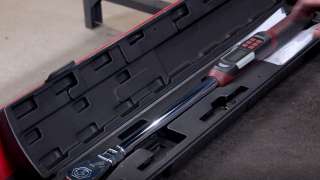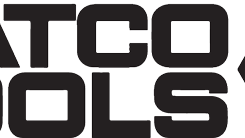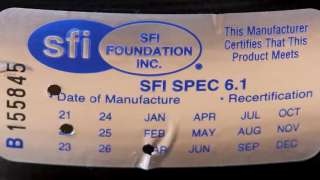Engine Power Featured Projects
Engine Power Builds
Want more content like this?
Join the PowerNation Email NewsletterParts Used In This Episode
Matco Tools
1/2" Drive Flex Head 25-250 Ft. Lbs. Electronic Torque Wrench with Angle Measurement
ARP
ARP Bolts & Fasteners
The Industrial Depot
Tools, Hardware, Shop Supplies




































